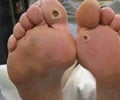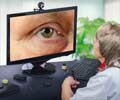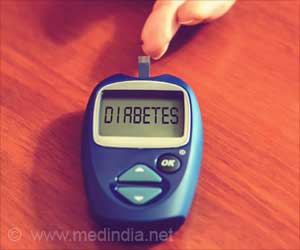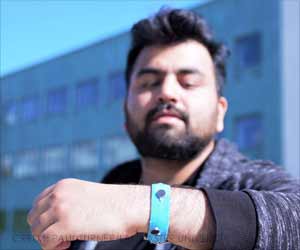Nearly 30 percent of U.S. adults with diabetes over the age of 40 are estimated to have diabetic retinopathy, with about 4 percent of this population having vision-threatening retinopathy.
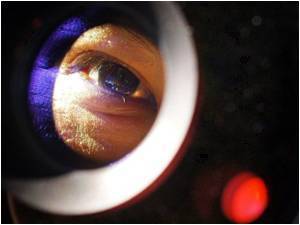
Xinzhi Zhang M.D., Ph.D., of the Centers for Disease Control and Prevention, Atlanta, and colleagues conducted a study to determine the most recent prevalence and risk factors of diabetic retinopathy in the U.S. population ages 40 years and older. The study included an analysis of data from a nationally representative sample of the National Health and Nutrition Examination Survey 2005-2008 and included 1,006 individuals. Diabetes was defined as a self-report of a previous diagnosis of the disease (excluding gestational diabetes mellitus) or glycated hemoglobin A1c (a form of hemoglobin used primarily to identify the average plasma glucose concentration) of 6.5 percent or greater. Photographs were taken of each eye to determine and classify diabetic retinopathy. Prevalence estimates were weighted to represent the civilian, noninstitutionalized U.S. population 40 years of age and older.
The researchers found that from 2005-2008 the estimated prevalence of diabetic retinopathy and vision-threatening diabetic retinopathy was 28.5 percent and 4.4 percent, respectively, among persons with diabetes ages 40 years and older. Approximately 31.6 percent of men and 25.7 percent of women with diabetes had diabetic retinopathy.
Also, 26.4 percent of non-Hispanic white individuals, 38.8 percent of non-Hispanic black individuals, and 34.0 percent of Mexican American individuals with diabetes had diabetic retinopathy. Approximately 3.2 percent of non-Hispanic white individuals, 9.3 percent of non-Hispanic black individuals and 7.3 percent of Mexican American individuals with diabetes had vision-threatening diabetic retinopathy.
Further analysis indicated that independent risk factors for diabetic retinopathy include male sex (38.1 percent vs. 27.1 percent), higher hemoglobin A1c level, longer diabetes duration, use of insulin (47.4 percent vs. 26.7 percent), and higher systolic blood pressure.
"These estimates provide policy makers updated information for use in planning eye care services and rehabilitation. With the aging of the population and the increasing proportion of the population with diverse racial/ethnic heritage, the number of cases of diabetic retinopathy and vision-threatening diabetic retinopathy will likely increase. Furthermore, the need for eye care and for culturally appropriate interventions that can reduce disparity and improve access to eye care among diverse populations is also likely to increase," the authors conclude.
Advertisement


